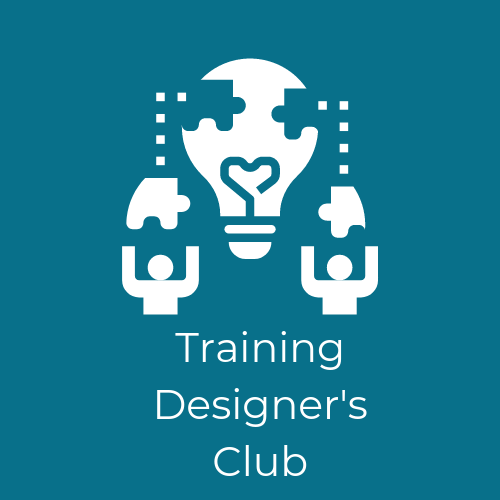I’ve long been a fan of using case studies in training events. But first, let’s clarify what I mean by a case study. I’m not talking about a retrospective account of something you (or someone else) did to demonstrate good practice. Leave those for the marketing people. I’m talking about a fictitious scenario that people analyse, discuss and make decisions about.
Out of all the tools in my trainers kit bag, case studies are definitely one of my favourites. Here are 14 reasons why:
- They appeal to everyone – no-one ever said they hate case studies, and everyone engages with them at some level. Whether you have more reflective learners or those who want to get stuck in, case studies allow everyone to contribute.
- They require very little introduction – with no complex instructions to explain, people instinctively know what do, so can get stuck in straight way.
- They are flexible – you can spend as little as 10 minutes on a case study or half a day, depending on complexity and number of issues being explored.
- They work just as well in the virtual environment as they do in a face-to-face session – especially if you have access to breakout rooms.
- They allow exploration of different perspectives – You can revisit them at different points and look at them through a different lens each time.
- They are versatile – you can use to introduce a topic, bring together learning at the end, or explore something specific in the middle of a session.
- They are multi-faceted – you can explore one topic, or dig deeper. This makes them equally useful for beginners or experts. Different people pick up on different things.
- They allow you to tackle real problems in an anonymised way – everyone will recognise the situations, but no-one has to admit to having experienced the issues themselves, which makes them easier to talk about.
- They can provide a running theme for a workshop, or even a whole programme! I have used complex case studies (drip-fed throughout the day) to build on learning and cover multiple topics.
- They can provide a (sneaky) way into role plays – tell us how you would handle this can easily become “show us how you would handle that”
- They allow a natural way to combine ‘hard’ and ‘soft’ skills (though I hate those terms!). We can analyse the data and make commercial decisions, then explore how we would influence stakeholders or communicate decisions – it’s holistic.
- They build a bridge between theory and practicality – examining how theory looks in the fictitious scenario makes it easier to identify what it will look like in THEIR world. This also makes practical action planning easier.
- They are memorable. When you bring characters to life they stick in peoples minds – which aids the transfer of learning.
- … and who doesn’t love a good story?
If you want to know how best to FACILITATE a case-study exercise, take a look at this short video…
You must be logged in to post a comment.
